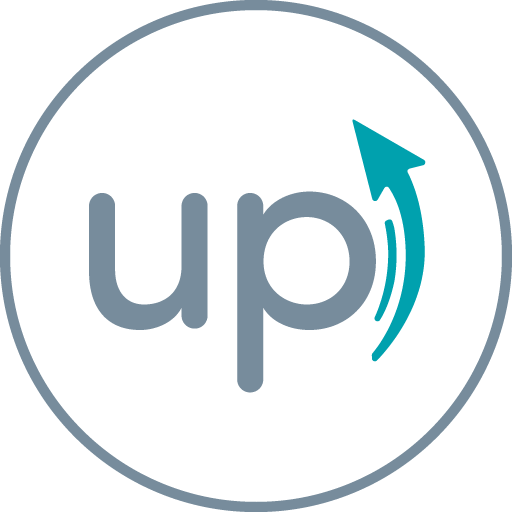In 2021, the global economy was turned on its ear when tens of millions of workers stood up and declared in one unified voice; “I’m out.” On that day, one of the largest worker migrations in modern history was on; and the SOPs of recruiting, human resource management, and staffing changed forever.
Nowhere was this more evident than in the tech recruiting sector.

Resignations, Great & Small
From Beijing to Boston to Brussels, the impact of the “great resignation” on global markets, companies of every size, supply chains, and countless industries was unmistakable. The largest session of musical chairs for the modern workforce had left tech recruiters scrambling to rehire, backfill, and restaff huge turnovers. Something that occurred seemingly overnight, all to disruptive and potentially devastating effect.
What followed became one of the industry’s most sweeping technological overhauls in recent memory. Recruiters and HR professionals have been stretched thin ever since. To meet the demand of an ever-evolving workforce and the changing paradigms within tech recruiting, the industry accelerated innovation—essentially embracing new tech for tech staffing (something many believe was long overdue).
Today, candidates deliberate longer than ever due to multiple opportunities and legitimate job offers. They want to know they’re choosing their next career move wisely. Meanwhile, employers are scrambling because talent teams lack enough recruiters and staffing resources to fill numerous open positions.ate in the tech recruiting industry.
The Changing Face of Recruitment Tech
With so many people changing jobs and rethinking careers, recruiters must harness innovative new technology and tactics to address new demands. These include AI, machine learning, automation, and candidate management software platforms like UpRecruit (in addition to the old standbys like video conferencing, LinkedIn outreach, and comprehensive email exchanges).
Talent acquisition has become a primary focus as talent leaders, D&I managers, and HR executives advocate for “people-first” work cultures. Even the largest companies seem to be scrambling to prove to candidates they are the “the one”, making sourcing, unique branding, and employee experience top priorities for recruiting top personnel.
“First, AI-based sourcing tools are proving [to be] incredibly useful and bringing great efficiencies.
Second is the implementation of easy-to-use recruiting tools on mobile devices. It’ll be a critical
capability for recruiters moving into the future. Third is an integration with social media marketing
and brand, an area of focus for us.”
– Ron Storn, Chief People Officer at Booster™
More sophisticated teams are tasked with trying to reach diversity staffing goals as well as hiring goals. Merging in diversity hiring considerations further confirms the need to automate the hiring process. These are some profound indicators that inform us that recruitment has changed dramatically.
Recruiters now struggle to find qualified candidates who will even take a Zoom call or answer an email because they want to know an employer is excited about them while wanting to be assured that the role matches the next desired step in their career. These days, even giants in the tech space like Google and Facebook have resorted to paying prospects just to show up to an interview.
Technology to the Rescue (well, sort of)
We live in an age where employers don’t just want to hire someone—they want to hire the right someone. It now takes a multi-faceted outreach strategy for recruiters to get the engagement they need to achieve their hiring goals. Complex campaign strategies have become critical—and so has a sizable budget.
In addition to the expenses for traditional email programs and LinkedIn tools, employers are investing in company branding, social footprints and campaigns, and third-party sourcing tools.
Technology has made an unmistakable impact. Sure, person-to-person meetings remain essential to the hiring journey, but staying competitive now requires the use of modern technology, data, and analytics.
Talent professionals and hiring managers agree that data helps drive new recruitment trends that influence how companies recruit new employees and acquire talent. That’s why companies like Nielsen, JetBlue, and Novartis are already leveraging data to help them attract, source, nurture, and manage skilled new talent.
“In the post-pandemic, extremely competitive, and remote talent landscape we’re in today, we look to technology to help us find untapped talent across the globe and to help us make better hiring decisions, faster. We’re also leveraging technology to help us hire a more diverse workforce and expanding the definition of diversity beyond the common factors.”
– Crystal Boysen, Chief People Officer for Vimeo
Today, talent is attracted by a mix of company values, corporate culture, perks, and an opportunity to be hired as the “missing link” to round out a team.
Of course, none of this needs to be part of every talent acquisition playbook. Just know, there are consequences to not keeping pace with modern tech recruiting tactics. Ignoring these details could make the difference between getting the people you want and getting the people who are left.


About the Author
Vince Dorazio has 20+ years of experience in the recruiting and tech industry. He is currently the Founder & CEO of UpRecruit, a recruiting platform that intelligently matches tech talent to innovative companies. He has a passion for the start-up community and serves as a mentor, advisor, and board member to multiple SaaS companies and non-profits.